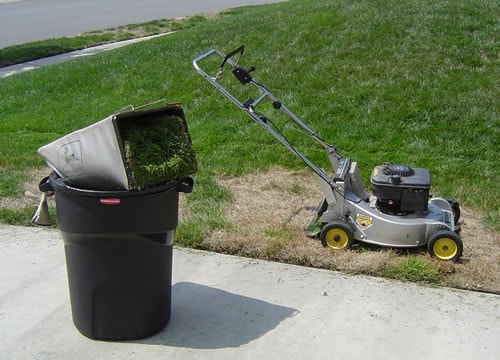|
If you are lucky enough to have a balcony then you should make sure you are making the most of that space. Even on a small balcony, you will be able to grow plenty of food for yourself and your household. Here are a few tips to help you make the most of this part of your home:
1 Comment
In cities and towns, one of the main barriers for would-be organic growers is finding a piece of land on which to grow food. While it is possible to grow far more than you may imagine inside your home, you may well wish to take things further and create your own outside growing areas. Often, finding land means being open minded about the potential of even the most initially unpromising of sites. Even areas of abandoned scrub and old rubbish dumps have been successfully turned into productive gardens. Here are some hints to help you reclaim an overgrown or polluted patch of land for organic growing:
Not all of us are lucky enough to have access to outdoors areas where we can grow our own food. But almost everyone can still grow at least some food inside their home. Growing food indoors, however, does come with some unique challenges. One of the things we need to consider when growing food indoors is pollination. What is Pollination and How Does It Usually Happen?
Pollination is the process by which pollen is transferred from the male parts of flowers to the female parts of flowers in order to fertilise the plant. Without fertilisation, a plant cannot go on to produce seed. Some plants are self-fertile, so they don't need pollen from another plant, while other plants require cross-pollination from another similar plant. Understanding which plants are self-fertile and which are not, and understanding also, how different plants are pollinated, is key to success when growing food plants indoors. We don't need to worry as much about pollination when considering vegetables such as carrots, beetroot and broccoli, for example, as the food we harvest is created before seed is produced. With other crops that we might grow, however, such as tomatoes, peppers, aubergines and squash, the fruit will not set unless pollination has taken place, so it is essential that it does. Outdoors, pollination usually takes place through wind, animal or insect contact, and self-pollination. Bees are one example of a pollinator – one of the most important in the natural world. Of course, bees will not usually be able to get inside our homes to help us pollinate our indoors plants. So we humans will sometimes have to take things into our own hands. Do I Need To Hand-Pollinate My Indoor Plants? The good news is that not all of the fruits and vegetables that require pollination to produce a crop for us will need to be pollinated by hand. Tomato plants, for example, will usually self-pollinate. That said, you may get a better crop of tomatoes if you give your plant a good shake to distribute the pollen when the flowers begin to form. Often, all you will need to do to create good pollination is to shake plants a little, or create good air circulation to promote the processes from occurring as they should. In some cases, however, you may find it beneficial to pollinate plants using a small paint brush to transfer pollen from male to female flowers (as in the case of squash, which have different male and female flowers). Educating yourself about the pollination needs of different indoor plants will help you make sure you get a worthwhile harvest from your indoor garden. One of the exciting things about organic growing is that you can do it just about anywhere. With the right preparation and basic materials, almost any site can be turned into a productive food growing area. Whether you are working in your own garden, or have found a potential site to turn into a community garden, here are three different approaches that you can take to creating your new organic growing areas:
Not having an outside garden can make it a little more difficult to find the resources you need to grow food organically. But even if you do not have your own outside space, it is still possible to get your hands on the materials you will need to garden sustainably. You will find natural resources all around you – even when you live in the middle of a city. Here are a few tips to help you collect biomass for indoors gardens in an urban environment:
|
GROW ORGANIC!
|
|






 RSS Feed
RSS Feed




